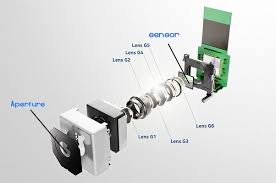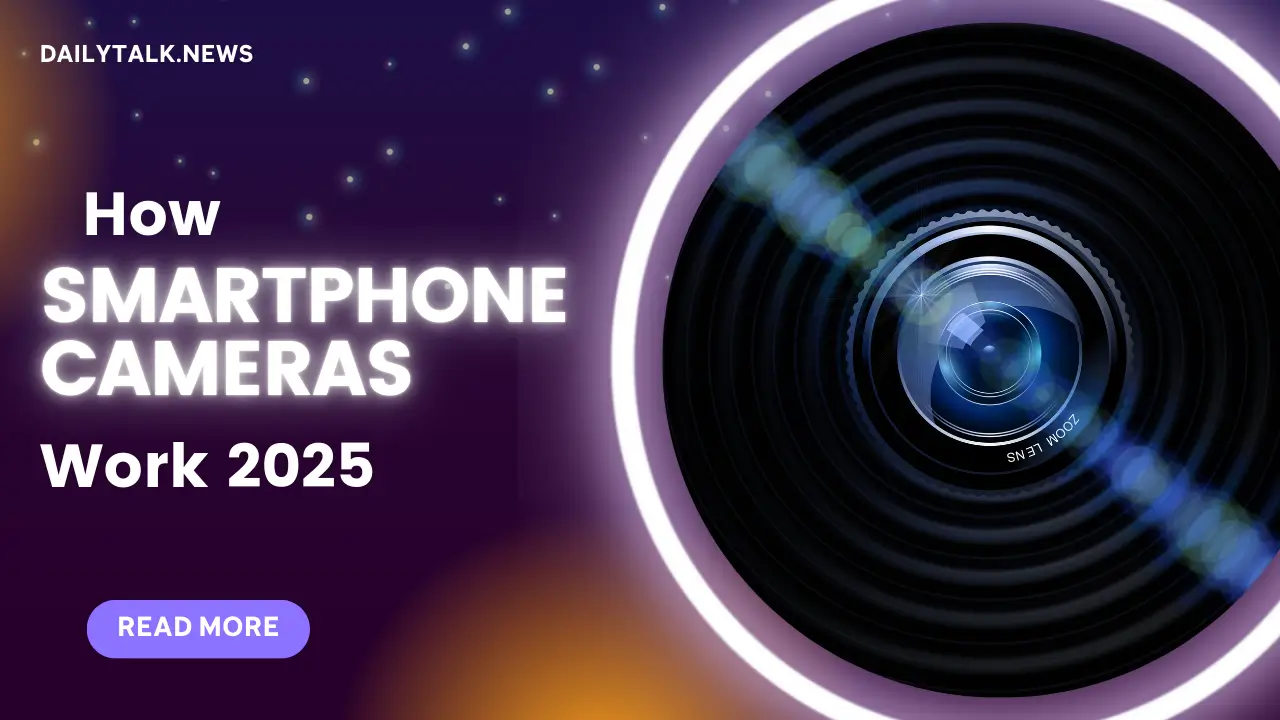Smartphone cameras have become a pivotal feature in our daily lives, capturing everything from cherished memories to important documents. But have you ever wondered how these tiny devices can take such stunning photos?
Behind every snap lies a sophisticated combination of technology, innovation, and engineering. In this article, we’ll explore how smartphone cameras work, breaking down their components, functionality, and the technology that brings your photos to life.
The Core Components of a Smartphone Camera
Understanding how smartphone cameras work starts with their fundamental components.
1. Camera Sensor
- What It Does: The sensor is the heart of the camera, capturing light and converting it into an electronic signal.
- How It Works:
- Light enters the camera through the lens and hits the sensor.
- The sensor is made up of millions of tiny pixels, each capturing light information such as intensity and color.
- Two common types of sensors:
- CMOS (Complementary Metal-Oxide Semiconductor): Used in most smartphones, offering low power consumption.
- CCD (Charge-Coupled Device): Rare in smartphones but found in high-end cameras.
- Example: A 12MP camera sensor has 12 million pixels capturing image data.
2. Lenses
- What They Do: The lens focuses light onto the sensor.
- Features:
- Aperture (f-stop): Determines how much light enters the lens. A lower f-number (e.g., f/1.8) allows more light, ideal for low-light photography.
- Wide-angle, Telephoto, and Macro Lenses: Provide versatility for capturing different types of shots.
- Example: Dual or triple-camera systems often combine lenses like ultra-wide and telephoto for varied photography options.
3. Image Processor
- What It Does: Processes the data captured by the sensor and converts it into a final image.
- Key Functions:
- Noise reduction.
- Color correction.
- HDR (High Dynamic Range) blending.
- Example: Apple’s A-series chips and Google’s Tensor processors excel in computational photography, enhancing photos through AI.
The Process of Capturing an Image
When you press the shutter button, a series of rapid processes occur:
- Light Enters the Lens: Aperture controls the amount of light entering the camera.
- Focus Adjustment: Autofocus mechanisms ensure the subject is sharp.
- Light Hits the Sensor: The sensor records light data, converting it into electronic signals.
- Image Processing: The processor enhances the image through AI, noise reduction, and HDR techniques.
- Final Image Output: The processed image is saved in your gallery, ready for sharing or editing.

Advanced Technologies in Smartphone Cameras
Modern smartphones are packed with features that elevate camera performance:
1. Computational Photography
- Uses AI and algorithms to improve photo quality.
- Examples include Night Mode, Portrait Mode, and Super Resolution Zoom.
2. Optical Image Stabilization (OIS)
- Minimizes blur caused by hand movements by stabilizing the lens.
3. Pixel Binning
- Combines data from multiple pixels to improve image quality in low-light conditions.
- Example: A 48MP camera may output a 12MP image with enhanced clarity.
4. AI Scene Recognition
- Identifies scenes (e.g., landscapes, food, or pets) and adjusts settings automatically for optimal results.
5. HDR+
- Combines multiple exposures to create a single image with balanced lighting and contrast.
Common Challenges and Solutions
Despite advancements, smartphone cameras face limitations:
Challenge 1: Low Light Performance
- Solution: Night modes and larger sensors with better pixel binning address this issue.
Challenge 2: Zoom Quality
- Solution: Optical zoom and periscope lenses improve zoom without losing detail.
Challenge 3: Limited Depth of Field
- Solution: Software-based portrait modes simulate DSLR-like background blur (bokeh).
Tips to Maximize Your Smartphone Camera
- Use Gridlines: Align your shots for better composition.
- Clean the Lens: A simple yet effective way to ensure clarity.
- Adjust Exposure: Tap on the screen and drag to brighten or darken an image.
- Experiment with Modes: Try night, portrait, or pro modes for creative results.
- Use Tripods for Stability: Achieve sharper images and smoother videos.
Conclusion
Smartphone cameras are marvels of modern technology, combining sensors, lenses, and processors to deliver incredible images. By understanding how they work, you can appreciate the technology behind your photos and take better pictures.
Whether you’re capturing a sunset, a group selfie, or a close-up of your favorite dish, your smartphone camera is a powerful tool that continues to evolve with each new innovation.

[…] is the Latest in AI Technology? How Smartphone Cameras Work: The Technology Behind the Lens 17 Jan 2025, […]